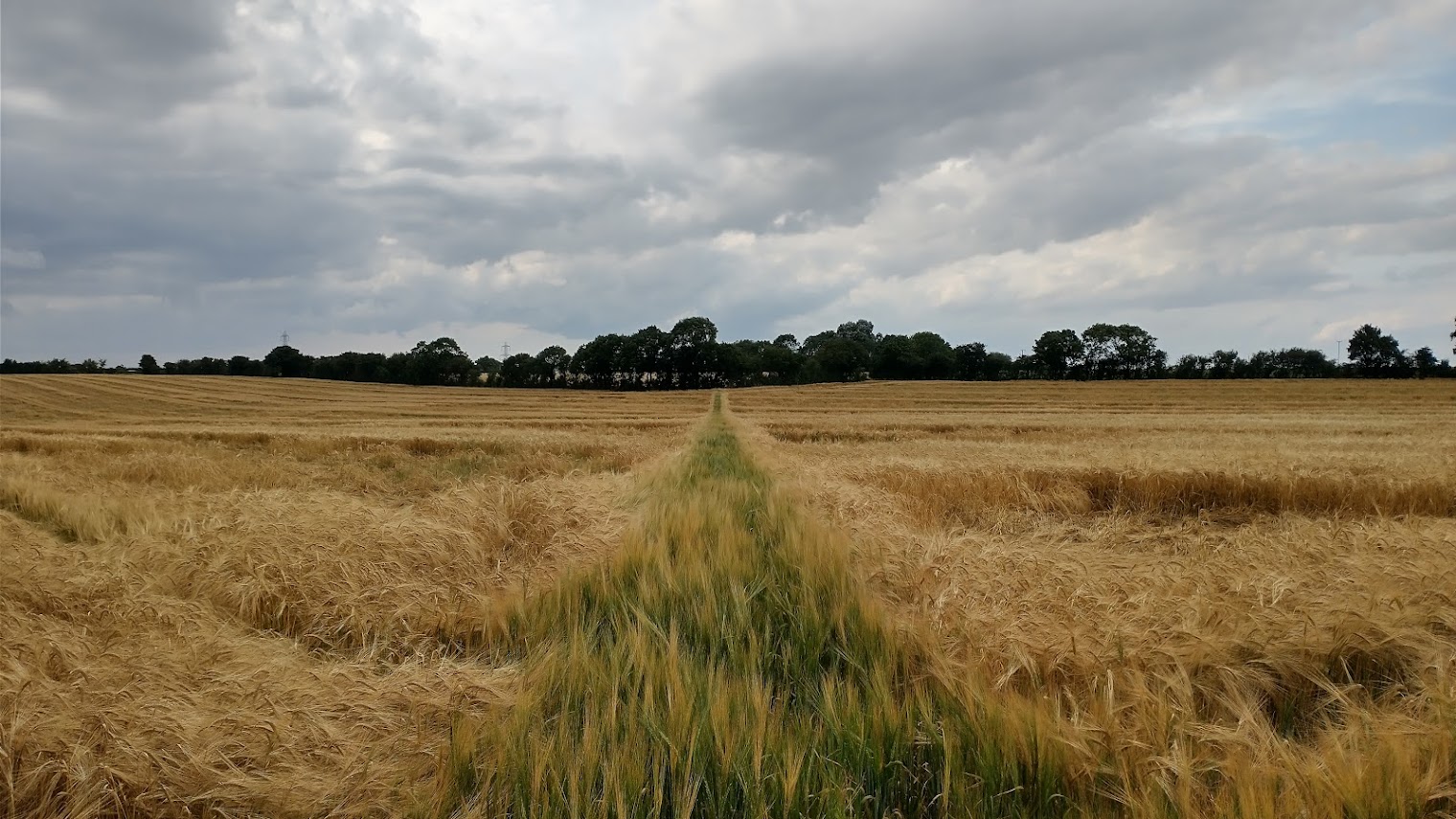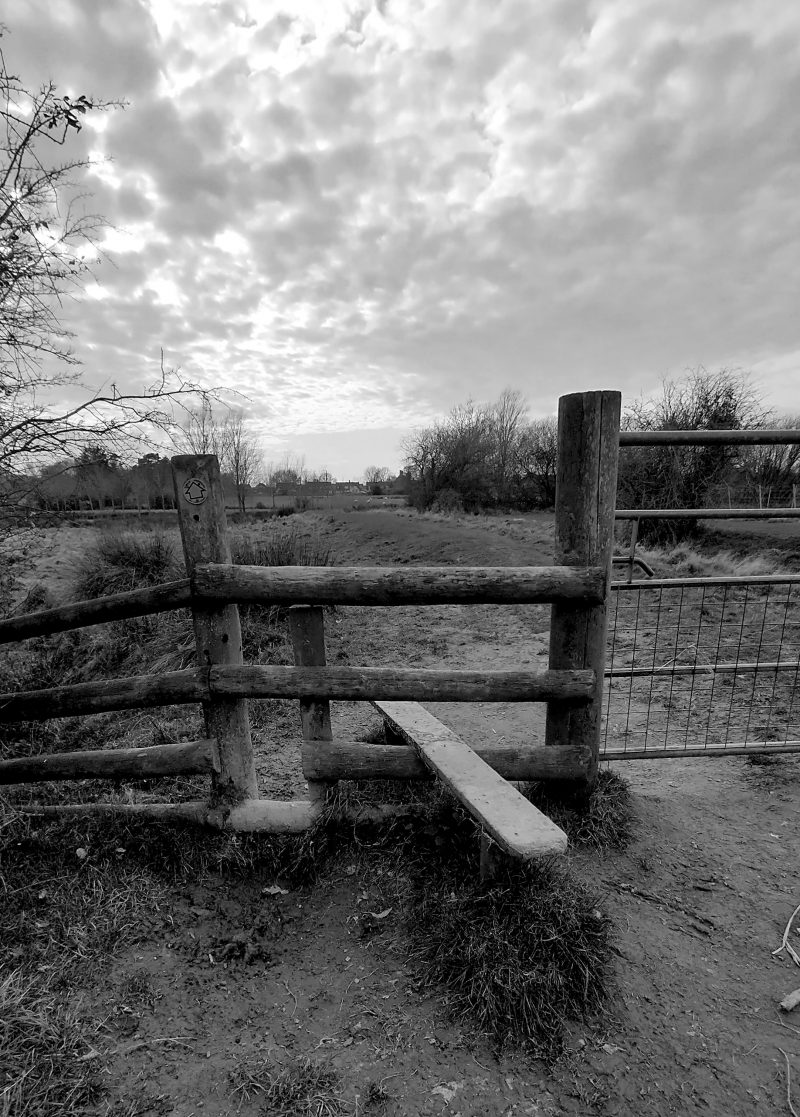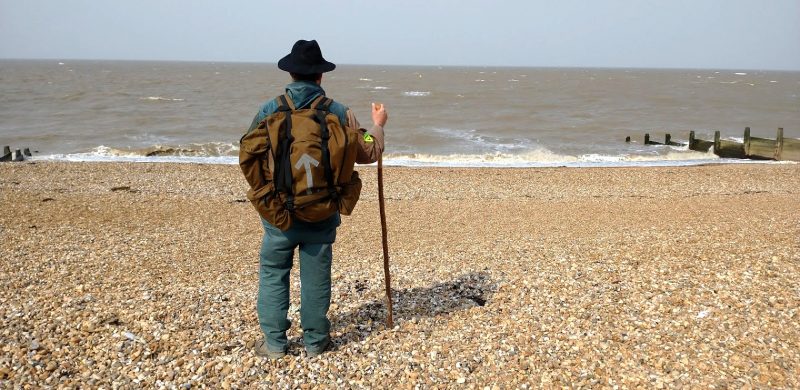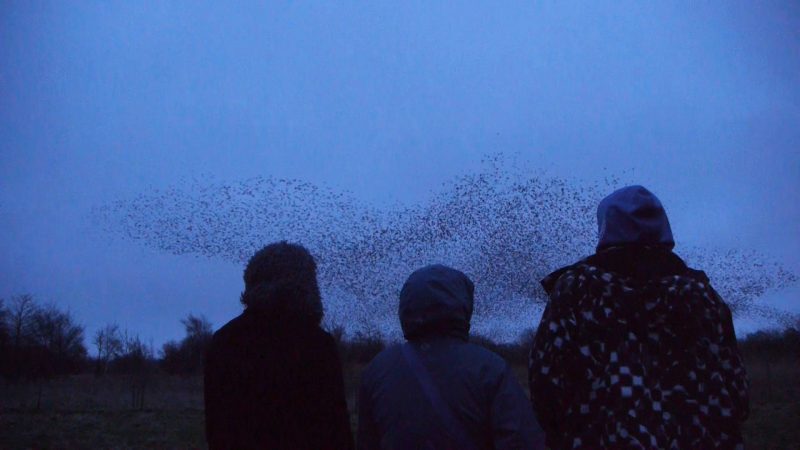Prologue
Before we set off from Isle of Wight on Tuesday night we preface the journey with a short pilgrimage to the White Well at Whitwell, a Medieval pilgrim destination where the sick and infirm would arrive on boats from France to nearby St Lawrence’s Bay, and approach along what became known as the Cripple Path. I sit for a time and listen to this place and its layered histories.
As I sit, I consider my intentions for the journey ahead and think about those who have trod this path and what we might learn by listening more carefully to the sick and infirm, those whose very lives are in doubt. What if we chose as teachers and leaders those whose wisdom has been hewed from the kinds of uncertainties that more and more of us are starting to face, those whose lives have been lived under the shadows of poverty, ill health, racism, disability, catastrophic climate change and statelessness? Or do we want to keep following those who have led us to this point in history?
#1
Heading across the water to set foot on the mainland at Southampton and set out along the Old Way, a route Medieval pilgrims from Europe would have used to make the journey on foot to Canterbury, recently uncovered by the British Pilgrimage Trust. What did those early pilgrims on this path nearly 900 years ago think they were doing? What future did they see for themselves and their society? What histories were they negotiating with every step? What happens if I ask myself the same questions?
We encounter infirmity again as we pass the chapel in Royal Victoria Park, which is all that remains of the former military hospital there. A photo of soldiers recuperating on the quay in wicker stretchers brings to mind a previous Re-visioning conversation with Sunshine Wong and her notion of co-vulnerability – “solidarity in being sick together”.
#2
Crossing the river at Hamble first thing, we wonder at points of the morning if we have indeed been ferried across to the underworld. At Chilling, we can almost reach out and touch spirits trapped in the hedgerows between substations, holiday parks, privately owned shoreline. We even tangle with our very own snarling Cerberus (mercifully with only one head).Talk of grief, bodies of water and floods. This from my co-pedestrian Rosie: ‘When the deluge comes we need strong pipes’.
#3
A day mostly filled with questions like ‘how did we get here?’ and feeling the foolishness, helplessness and sadness of trying to address that history. Instead I turn to the woods and spend the night in a copse of oaks overlooking Langstone harbour, which, before the waters rose, was a Bronze Age cremation ground.
#4
I think it’s Helen McDonald who talks about the numinous ordinary. Yesterday I went through the wormhole into a world where invisible presences become almost tangible. This often happens on the third or fourth day of pilgrimage as the world falls away and only walking remains. I fortuitously ended the day sleeping amongst the yews and tumuli at the top of Kingley Vale. The artist and mystic Norman Anderson introduced me to the idea of a thin place – where the membrane between worlds is unusually porous – this is definitely one. Through the night I am woken by deer and an owl in the tree above me which makes its way into my dream.
#5
Walking down in the morning into Chichester to catch the train back north, I reflect on the first few days of walking. Grief has been a strong presence. Also, there have been many tunnels, bridges, crossings, underpasses, and passages. There’s that kids book I read Ella sometimes where there’s a family on a walk to find a bear and they keep coming up against bogs and rivers and storms and forests and narrow caves and they all say “we can’t go over it, we can’t go under it, oh no, we’ve got to go through it.” which seems to have a different echo taken out of the original context and brought into this mythological realm.





